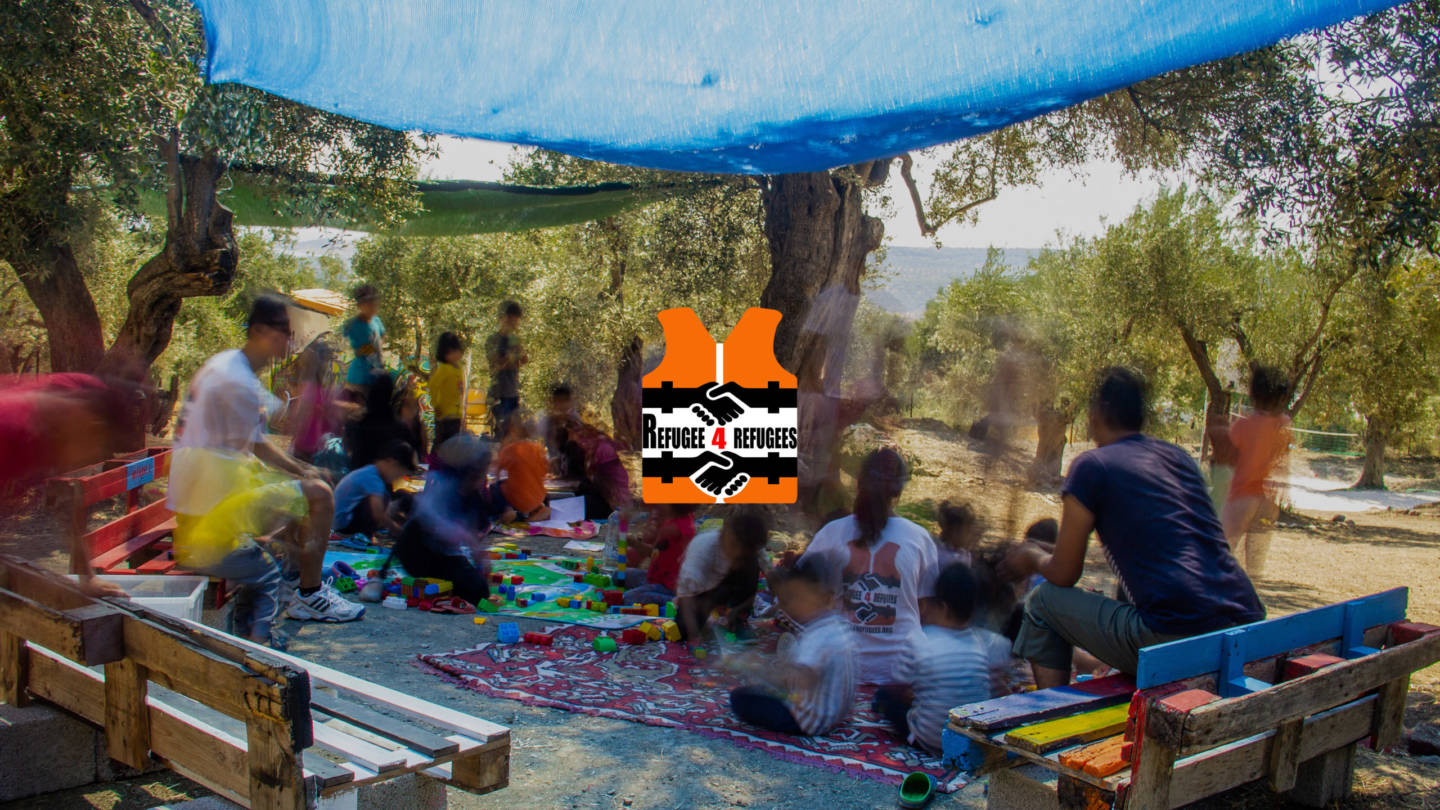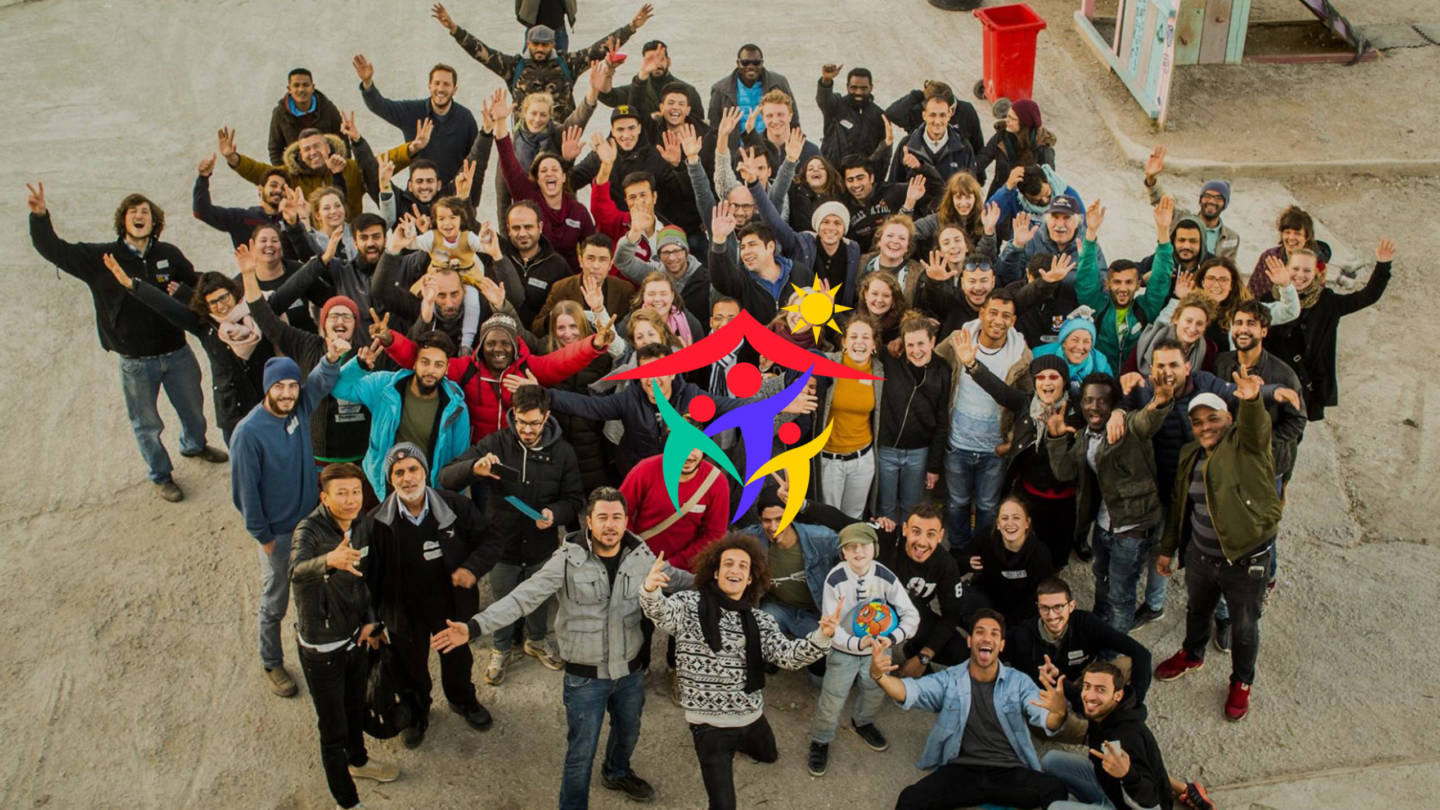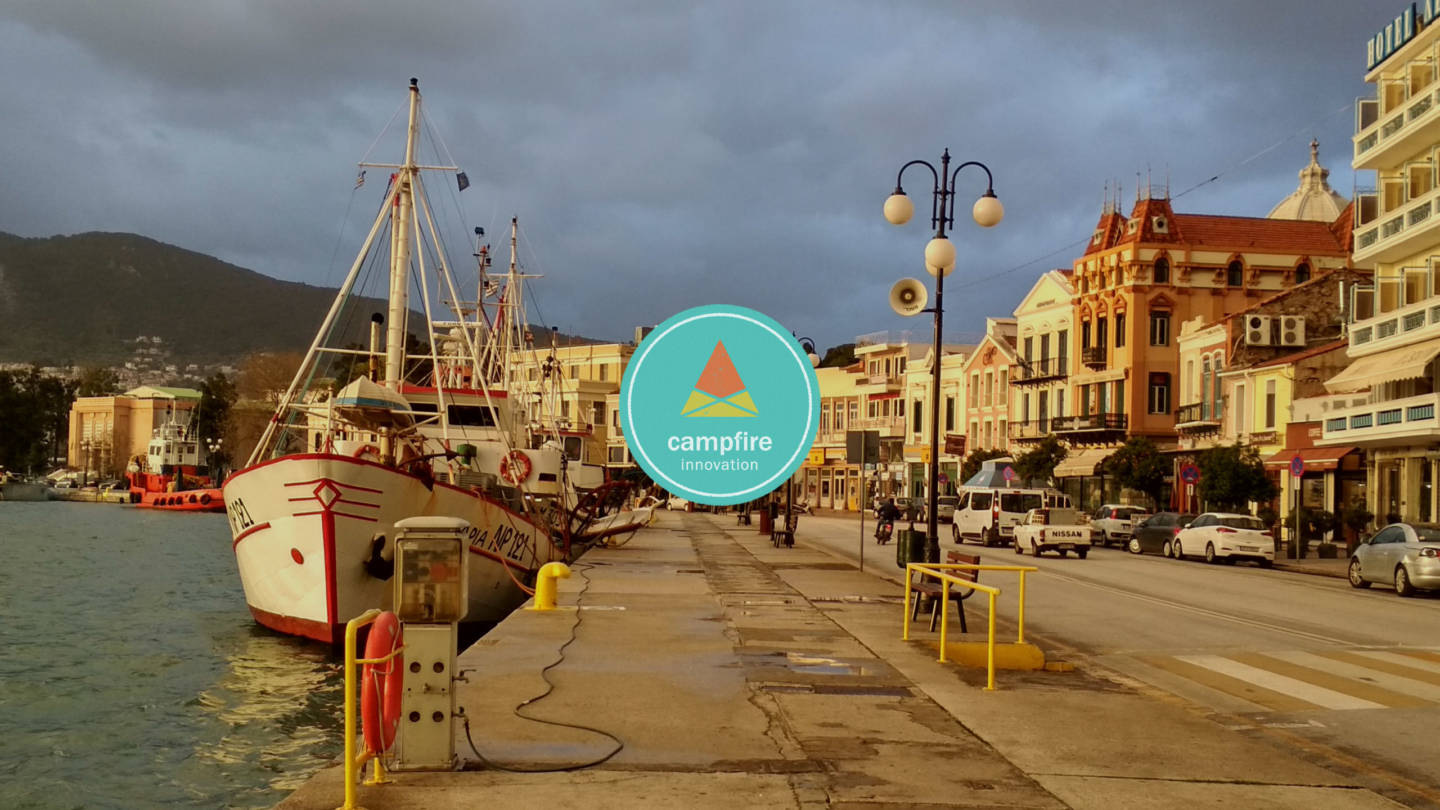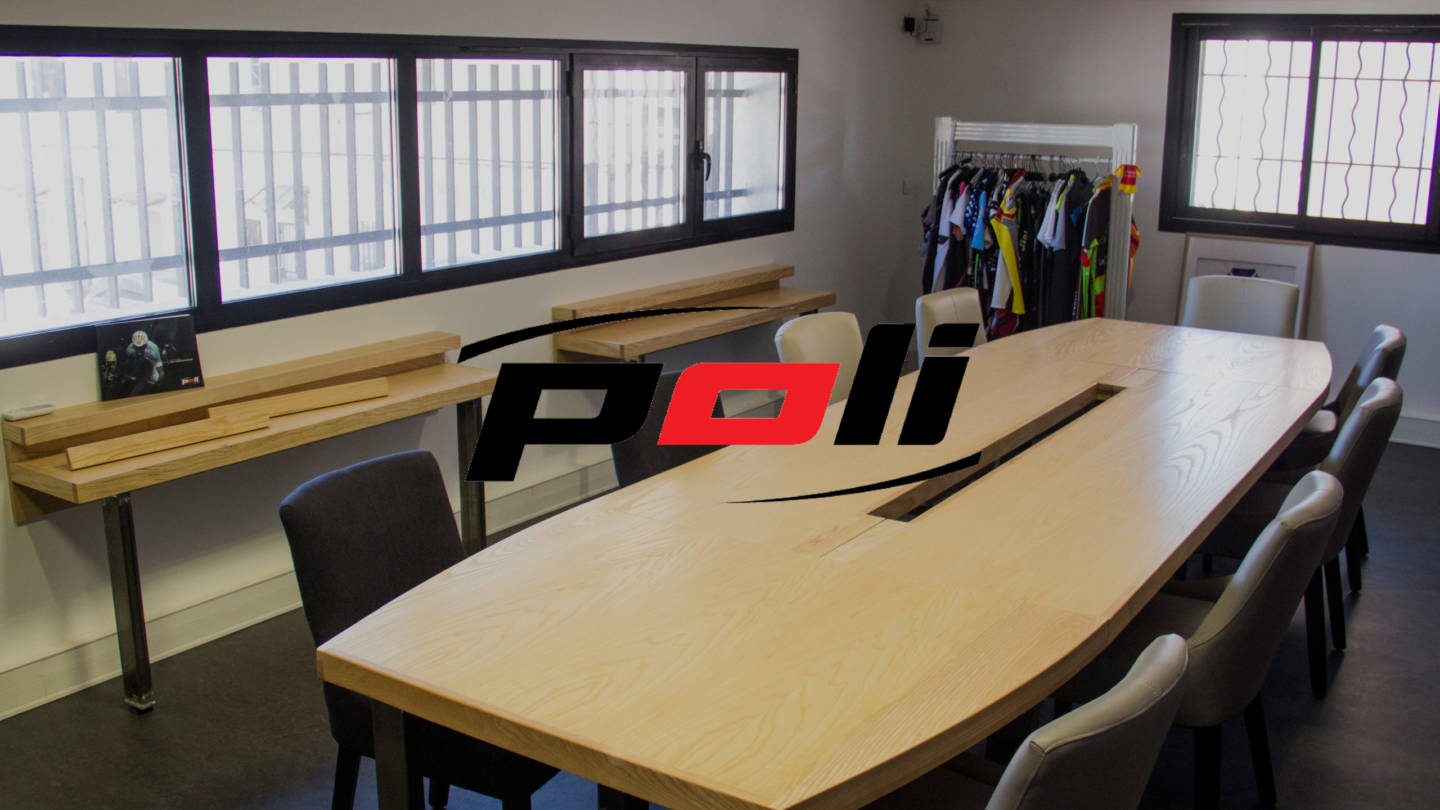
Designs.
Strategy.
Humanitarian.
What is design?
There are many design disciplines. What makes you a skilful professional isn't your title but your ability to adapt to a context and use the right tools and methods for the best outcome. Through my experience, I have therefore been a different designer.
It’s the practice to involve the different stakeholders in co-creation sessions to solve a social challenge. Generally an urgent need affecting a community that can be solved by involving the public or non-profit sector.
Activist design might collaborate only with the affected community and not ask for permissions to the authorities.
Strategic design is the practice of enabling change in an organizational context, by defining needs and recommending solutions that deliver value to the client and its stakeholders. Emphasizing users’ voice is one of the tool and method we use.
A strategic designer can always adapt to a client’s awareness and implement design practices following the Danish Design Ladder.

More common in the private sector, service design replies to companies briefs by assessing and improving customers interactions. Solutions can be complex and contextualized product-service-systems.
A multidisciplinary designer is someone that has theoretical and practical knowledge of the different fields of design. It generally refers to the three pillars of design: graphic, space and product design. It offers a greater freedom in projects and is convenient to lead design teams.
The humanitarian sector provides much-needed services to people in need during natural disasters or man-made disasters.
While designers are using human-centered methods to understand their users, aid workers are using a Do No Harm approach to provide dignified services. Therefore, they both try to understand their “users” but with different tools and vocabularies.
I founded the NGO “Humanitarian Designers” to bridge the gap between designers and NGOs.



